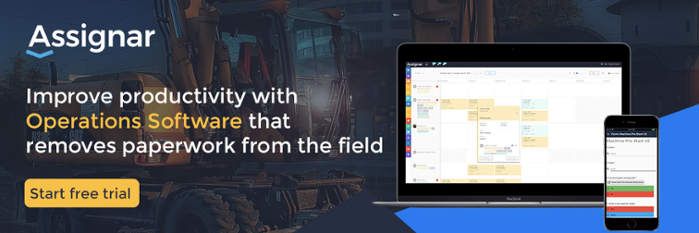There are many reasons that general contractors turn to specialized subcontractors or independent contractors (IC) for portions of a construction job. Jobs of almost any size, from a home renovation to the construction of a skyscraper or the upgrading of a dam – all need some kind of specialized workers.
Why General Contractors Use Independent Contractors/Subcontractors on a Project
There are loads of reasons for choosing to use these groups. Following are some of the benefits of using outside resources.
- Scalability – using outside contractors or independent contractors on a construction project allows the project manager to maintain a tighter control of payroll costs. When the task is completed, the independent contractor or subcontractor leaves the job site and withdraws their construction workers. The contracting company does not have to deal with items such as unemployment compensation, the extension of COBRA benefits and other items.
Other jobs that are often outsourced to general contractors are job site cleanup, landscaping services, and other non-essential job-related work.
- Reduce risk – a top priority of a project or construction manager is controlling and lowering risk for the owners and the general contractor. Hiring special teams, from a subcontractor who carries worker’s compensation insurance and liability insurance helps meet this responsibility.
In addition, independent contractors and subcontractors have all the risk associated with employment of their workers. These risks include those that frequently accompany terminations and layoffs.
- Reduce costs – Payroll taxes and benefits can add between 20% to 30% to payroll costs. Using subcontractors keeps workers off the general contractor’s payroll.
- Greater efficiency – thanks to independent contractor’s knowledge concerning a specialized skill (such as window and door installation) they can work faster than a general contractor’s workers. The efficiency they bring helps construction projects stay on schedule.
How to Protect Your Company and Project Owners from Issues with ICs and Subcontractors
In order for project owners and general contractors to enjoy the benefits of using ICs and subcontractors, there must be a method to manage them. Assignar is a software company that can help in contractor management. Assignar runs in the cloud and can be accessed anywhere a user has an internet connection and login credentials.
Using the Assignar platform, IC and subcontractor management is easy. But, contractor management begins even before the job does. Following are the steps to take when planning on the use of ICs or subcontractors.
- Pre-job planning – this is when the job is being developed before construction starts. It is the point where the decision as to what subcontractors and ICs are needed on the job.
- Pre-qualification of contractors – includes reference checks, license checks, insurance checks, and financial information.
- Auditing – refers to reviewing how the IC and subs are doing in meeting schedules, safety, and more.
- Orientation and training sessions – for example, if a sub’s workers will be using scaffolding, they have to be trained on their use.
- Risk assessment and management
Assignar helps by creating files for each IC or Sub. These files are always available to the general contractor. The Assignar system also sends reminders when licensure or insurance is up so that requests for proof can be sent before the end date.
Assignar reminds the general contractor if a sub or IC has or has not completed orientation and safety training.




